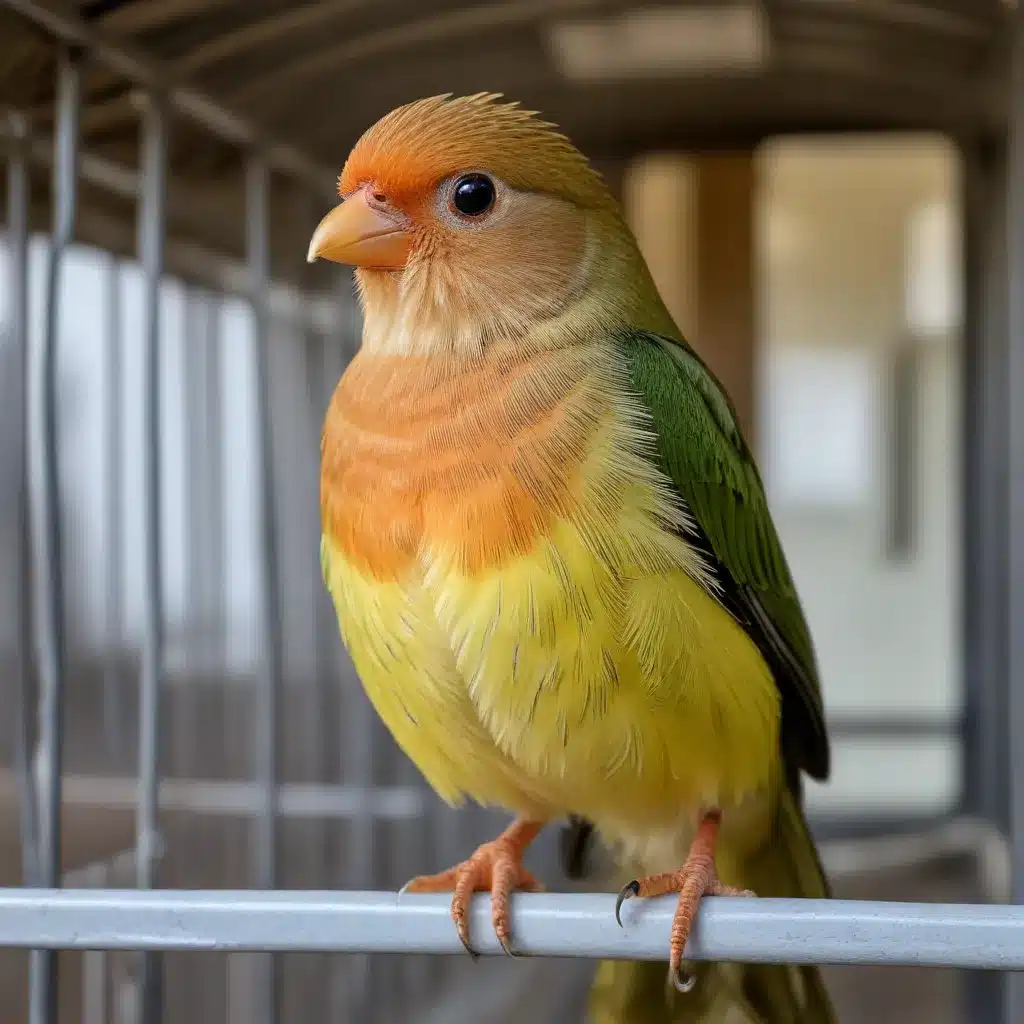
Avian Behavior and Travel: Tips for Safely Transporting Birds
As an experienced avian caretaker, I’ve had the privilege of working with a wide range of bird species – from common domestic pets to exotic and even wild feathered companions. Throughout my decades of hands-on experience, I’ve learned that successfully transporting birds requires a deep understanding of their unique behavioral characteristics, as well as meticulous planning and preparation.
Avian Species Considerations
The needs and transport requirements can vary significantly depending on the type of bird in your care. Let’s start by exploring some of the most common domestic bird species, as well as considerations for exotic and wild avian travelers.
Common Domestic Bird Types
Parrots, cockatiels, parakeets, and cockatoos are among the most popular pet bird species. These highly intelligent and social creatures often form strong bonds with their human caretakers. During transport, they may experience heightened stress and anxiety if their familiar routines and environments are disrupted. Careful monitoring and comfort measures are essential to ensure a smooth journey.
Pigeons and doves, on the other hand, are generally more independent and adaptable. While they may still require specialized handling, these birds tend to be less sensitive to changes in their surroundings. However, their delicate physiology means they must be transported with the utmost care and consideration.
Exotic and Wild Bird Species
When it comes to exotic or wild-caught birds, the stakes are even higher. These individuals may have experienced significant trauma or stress prior to being placed in human care, and the unfamiliar transport process can exacerbate their anxiety. Careful socialization, ample time for acclimation, and specialized handling techniques are critical to ensuring their safety and well-being during travel.
Unique Behavioral Characteristics
Each avian species, and even individual birds, can exhibit unique behavioral traits that must be taken into account. Some may be prone to aggressive outbursts, while others may become severely distressed by loud noises or unfamiliar sights and smells. Understanding these nuances can make all the difference in creating a positive travel experience for both the bird and the caretaker.
Preparing Birds for Travel
Ensuring a bird’s well-being during transport begins long before the journey. Proper preparation and acclimation are essential to minimizing stress and maximizing safety.
Pre-Trip Veterinary Checkup
Before embarking on any trip, it’s crucial to schedule a comprehensive veterinary examination for your feathered companion. Your avian veterinarian can provide a clean bill of health, identify any underlying conditions that may require special considerations during travel, and issue the necessary documentation, such as health certificates.
Appropriate Carrier Selection
Choosing the right carrier is paramount to a bird’s comfort and security. The carrier should be large enough for the bird to move around comfortably, with adequate ventilation and visibility. Soft-sided carriers may be more suitable for smaller birds, while larger species may require sturdy plastic or wire-mesh enclosures. Ensure the carrier is well-padded and equipped with perches or secure attachments to prevent injury during transport.
Acclimating Birds to Carriers
Introducing the carrier gradually and positively can help your bird become accustomed to this essential travel companion. Encourage exploration and positive associations by placing treats, toys, or familiar items inside the carrier. Gradually increase the time your bird spends in the carrier, using positive reinforcement to create a stress-free, comfortable experience.
Travel Safety for Avian Passengers
Once your bird is prepared for the journey, the next step is ensuring their safety and well-being during the actual travel process.
Cabin vs. Cargo Compartment
When possible, it is generally safer and less stressful for birds to travel in the aircraft cabin, under the seat in front of you. This allows for closer monitoring and immediate access to your feathered companion. However, certain airlines or flight routes may require cargo transport, which carries additional risks and considerations.
Temperature and Ventilation
Maintaining the appropriate temperature and airflow is critical for avian travelers. Birds are sensitive to extreme temperatures and require adequate ventilation to prevent overheating or chilling. Monitor the carrier’s environment closely and be prepared to adjust as needed.
In-Transit Feeding and Hydration
Ensuring your bird remains well-fed and hydrated during the journey is essential. Pack high-quality, familiar foods and water, and be prepared to offer them at regular intervals. Avoid overfeeding, as this can lead to digestive distress.
Regulations and Legal Requirements
Navigating the legal landscape of avian travel can be complex, but understanding and adhering to the necessary protocols is crucial for a successful journey.
Local and International Laws
Research the specific regulations and requirements for transporting birds, both within your local area and any international destinations. This may include obtaining permits, following quarantine procedures, and adhering to species-specific import/export guidelines.
Airline Policies and Procedures
Each airline has its own set of rules and regulations regarding the transportation of animals. Familiarize yourself with the policies of your chosen carrier, as they may have size restrictions, weight limits, or other specific requirements for bringing birds onboard.
Documentation and Identification
Ensure you have all necessary documentation, such as health certificates, microchip or leg band information, and any other identification required by authorities or airlines. Keep these documents readily available and secure during the travel process.
By understanding the unique behavioral characteristics of avian species, preparing your bird for the journey, and navigating the legal landscape, you can embark on your travels with confidence, knowing that your feathered companion will arrive at their destination safely and with minimal stress.
For more information on avian care and transportation, be sure to visit the Mika Birds Farm blog at https://mikabirdsfarm.com/. Our team of expert avian caretakers is dedicated to providing the latest insights and practical guidance to ensure the well-being of birds everywhere.


